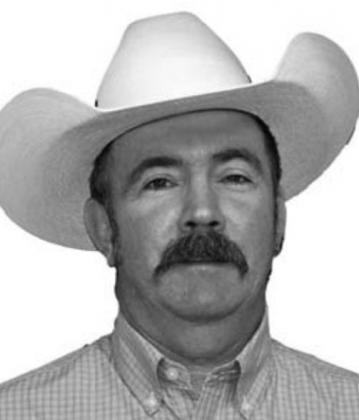Texas Bullnettle
Comanche County and most of Central Texas has the soil and climate that is very conducive to growing nice crops of bullnettles.
There are few if any native plants that have as painful a sting as bullnettles. Bullnettles have an extremely deep tap root that enables them to thrive even during the hottest and driest months of the year.
This is the reason they seem to continue to grow during the summer months when everything else is drying up.
Bullnettles do best on sandy soil during hot weather; they are very hardy and invasive. Their deep tap root makes chemical and any other type of control difficult.
Under ideal conditions you can expect about a 70% kill rate with recommended herbicides. Bullnettle reproduce by seed, so even with a 70% kill rate you can expect new bullnettles to germinate from the seed stock in your soil.
That is all the bad news, the good news is that with some management we have some good herbicides that will provide control of these sticky devils.
The best time of the year to control bullnettles is in the late spring or early summer when they are flowering. Fair control can still be obtained later in the summer, so long as they are still flowering.
Depending on the severity of your bullnettle infestation you can either utilize an individual plant treatment method or a broadcast method. If you have a heavy infestation you will want to use a broadcast application. If you have scattered bullnettles then the individual plant treatment would be most economical.
There are several good herbicides available that will provide control; I am listing a few of the more common herbicides. For broadcast applications use one of the following herbicides at the listed rate per acre: Grazon P+D 1 to 1.5 quarts, Grazon Next 1quart, Weedmaster or Range Star at 1 quart. The use of a quality nonionic surfactant at a rate of 1 to 2 quarts per 100 gallons of total mix is vital.
For individual plant treatments regardless of the size sprayer you would use a 1% solution of any of the above products, with a ¼% of surfactant and ¼% dye to mark the plants you have sprayed. Regardless of which herbicide and method you chose to kill your bullnettle be sure to follow the label directions.
I have yet to find much useful about a bullnettle, however some people do eat the seeds and roots.
It also seems like snakes like getting under them for protection and cover, another good reason for me not to like them.
If you have questions or would like the detailed bullnettle control fact sheet “How to take the Sting out of Texas Bullnettle” call: 325-356-2539 or come by the office.

